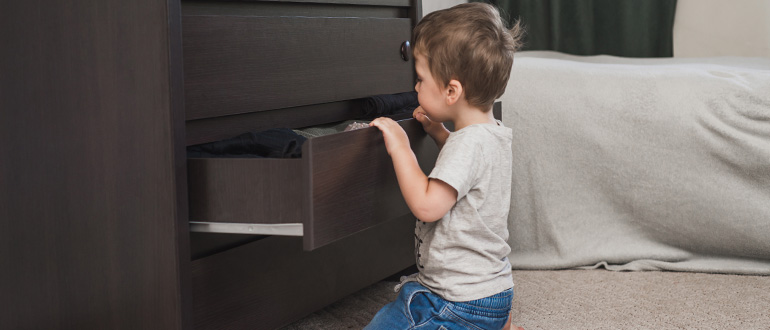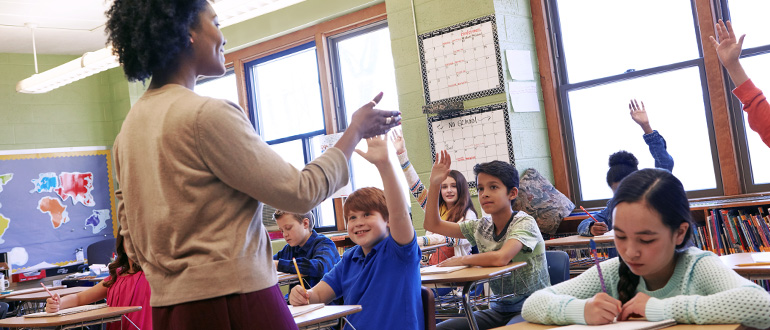7 tips for safe gun ownership

Gun owners have special responsibilities. The following tips are recommended for safe gun ownership:
1. Lock up your weapons.
When not carrying your gun, make certain that it’s appropriately stored. That doesn’t just mean hiding it! You can both lock your gun with a trigger or cable lock and/or place it in a locked safe or cabinet, meant specifically to store firearms.
2. Store your weapons unloaded.
Be careful to unload your weapons before storing them. Double check that the gun is still unloaded when you remove it from storage; this can prevent accidents based on the assumption that your gun is not loaded.
3. Keep ammunition separate from where your guns are stored.
Just in case someone who you do not intend to access your weapon manages to reach it, keeping your ammunition in a lockbox separate from your firearms adds another layer of safety.
4. Complete gun safety training.
Gun safety training can increase owners’ confidence in handling weapons and ensure safe usage. Not only does training help you get better at things like marksmanship, it builds awareness of regulations—local, state, and national—so you know how to be a responsible gun owner.
5. If you lose your gun (or it gets stolen), report it.
It’s natural to feel embarrassed if your weapon gets lost or stolen, but it’s imperative that you report the loss/theft to the police. “380,000 guns are stolen annually from private gun owners,” according to Everytown. It is possible that you will face criminal consequences if you did not follow precautions to secure your weapon, but reporting is required in Ohio.
6. Make a child safety plan.
According to HealthyChildren.org, “an estimated 4.6 million kids live with unlocked, loaded guns.” That could lead “unintentional shootings or gun injuries” and increases the risk of children and teens in the home dying by suicide. Following the above recommendations helps keep kids safe.
It’s also important to talk to your children about avoiding touching or playing with guns, keeping in mind that they may encounter weapons in their friends’ homes, as well. Let them know that it’s safe for them to come to you with questions or worries.
7. Know the risks.
Part of being a responsible gun owner is understanding the risks inherent in storing and carrying a weapon. By being aware of what could happen and taking steps to mitigate those risks, gun owners decrease the possibility of accidental injury and death.



